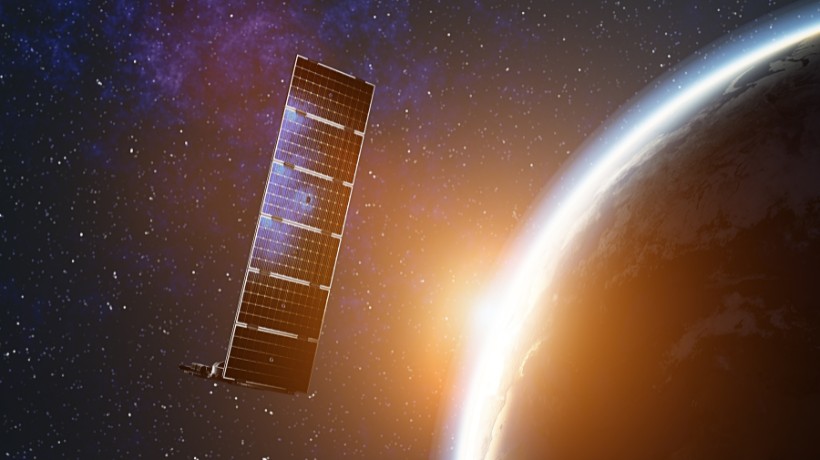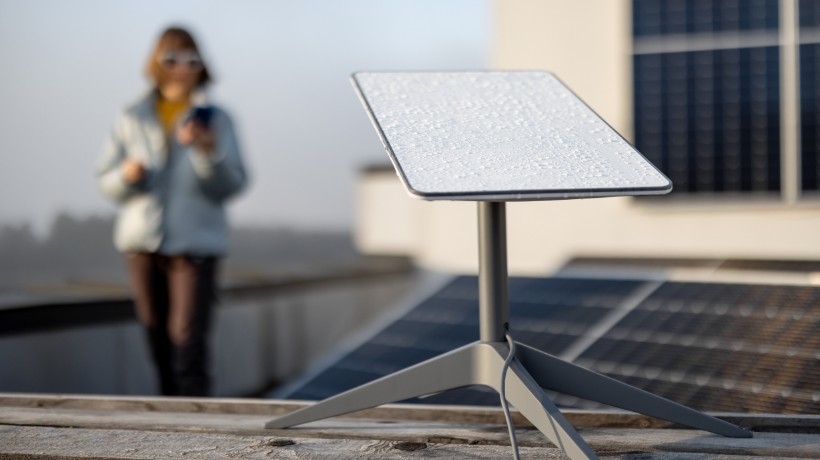
Total Number of Starlink Satellites deployed
Following are the total number of Startlink satellites deployed until now. We will make sure to keep updating these numbers every time when more satellites are deployed in the Startlink satellites constellation.
| Starlink Satellites Details | Number | Last Updated On |
|---|---|---|
| Total Satellites Launched | 5005 | August 27, 2023 |
| Total Failed/Deobited Satellites | 375 | August 27, 2023 |
| Total Satellites in Orbit | 4661 | August 27, 2023 |
| Total Working Satellites | 4609 | August 27, 2023 |
| Total Operation Satellites | 3909 | August 27, 2023 |
We will make sure to make the numbers above updated by updating after every new SpaceX Starlink mission to deploy more Starlink Satellites. Mostly SpaceX puts up more Starlink satellites via one space launch mission every week. However, some random weeks may have more than one SpaceX Starlink satellites deployment mission.
By the way, total working satellites are those, which are put up in orbit and have started working. These may be in test phase. On the contrary operational satellites are those which are fully operational on the Starlink network and providing the intended services.
What exactly is the Starlink?
Starlink is satellite based internet service which is intended for customers from all around the world. Unlike the conventional satellite internet services, Starlink is striving to provide the high speed, low latency internet services around the globe.
Convention internet services have their satellites in geosynchronous orbits, which are very far from earth, about 35000 to 40000 KMs high from sea level. So the latency (Ping Speed) is very high when using those internets. They cannot compare any ground based internet services when it comes to low latency. However, Starlink satellites are deployed in lower earth orbit, only just about 550 KMs above sea-level. When means satellites are much closer to earth and latency becomes minimal. This way the speeds are much comparable to ground based internet services.
One problem with being in the lower earth orbit (LEO) is that the satellites cover much lower area on the planet earth. So much more satellites are needed overall. So that is why, SpaceX intends to deploy about 12000 satellites in first phase to cover the whole planet. And in second phase, to improve the signal strength and reliability, SpaceX have plans to deploy 30000 more satellites. So overall, as per current plan, the fully deployed Starlink satellites constellation will consist of 42000 total satellites.
Starlink internet is more intended for the people in the far flung/remote areas of the planet earth, where ground based network infrastures are harder to deploy due to difficult terrain. Or even deploying such networks is impractical due to lower population resulting in lower subscription. Which means, covering the costs for ground networks will not even be possible. Also for such areas, conventional satellite internet services are not suitable, as they are much more costly as well as their latency is too high.
Starlink solves this problem of high latency by putting satellites in lower earth orbit. Also speed of Starlink internet is similar to 4G ground internet service. Latency is very low and is comparable to ground based internet services. It is affordable and resolves many issues for the people in remote areas.
However, due to good reliability, high speed and low latency, people in urban areas can also opt in for the starlink service. However, in a specific area, limited number of simultaneous connections are supported, so in the urban areas, first number people per area will be able to use the starlink services. This will number will depend on while threshold starlink decides for connections per square kilometer or per square mile.

Starlink also offers roaming feature, means after paying some additional fee, you can switch on the roaming on your starlink receiver, so it will work outside of area, for which it was originally bought. This means Starlink transceivers can be installed on top of buses, trains and other vehicles, in order to stay connected.